Is it a perennial, or is it a shrub?

We’ve been blessed with dozens of great salvias. Fact is, we’ve been blessed with dozens of this species (Salvia greggii) alone. It may be the longest-lasting, most dependable perennial you ever planted.
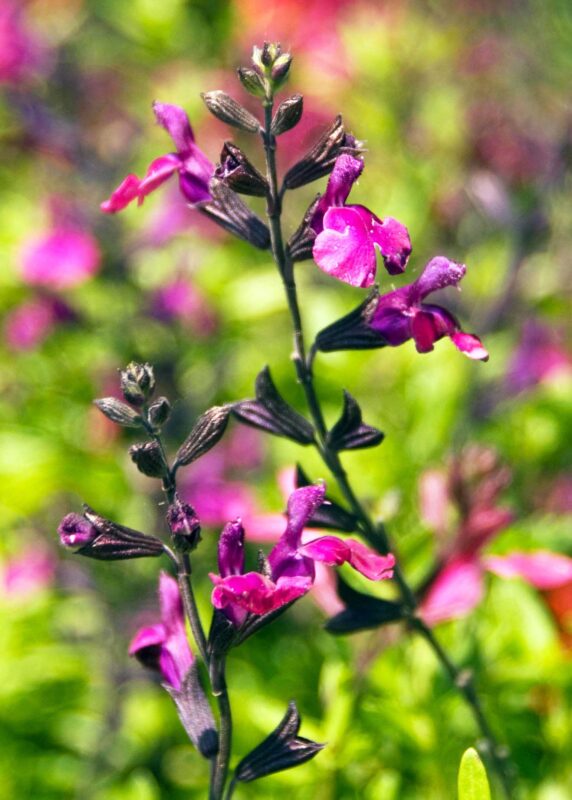
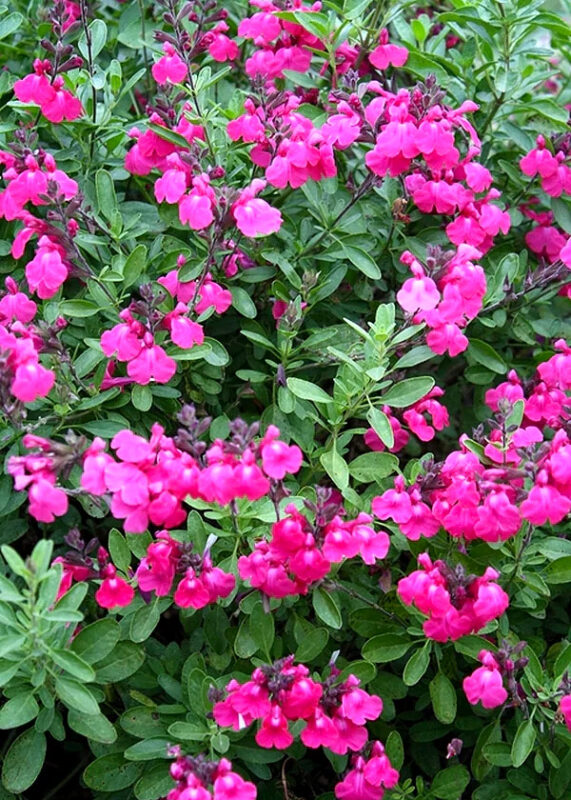
Salvia greggii Purple and Salvia greggii ‘Big Pink”.
After you grow it a few years, you’re going to wonder if it couldn’t be used as a small shrub. It’s woody. While other salvias die to the ground over the winter, this one stands as a small shrub 18 to 36 inches tall.
But let’s get right to the facts…
Scientific name: Salvia greggii (named by renowned botanist Asa Gray in 1870 for naturalist, explorer, and author of the Southwest Josiah Gregg who found the plant growing natively in Texas.
(As a side note, as I was working alongside my father in his TAMU herbicide research on plants toxic to sheep and goats, I saw a lot of this plant in bloom in the Hill Country.)
Common name: Autumn sage, or often simply called by its scientific name.
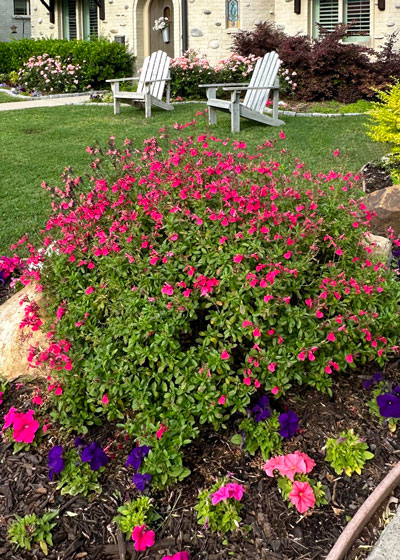
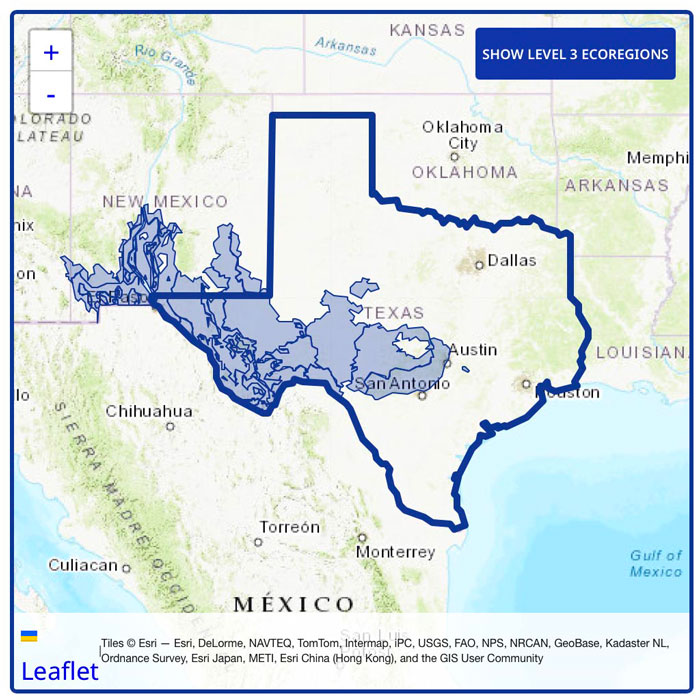
Native range: Hill Country, Trans-Pecos, Big Bend and Davis Mountains. Map above shows range in the United States. The native range also extends into Mexico.
Height and Pruning: 18 to 48 in. but should be cut back by half in February and by one-third in early August, both to stimulate new growth and subsequent production of flowers.
Sun/Shade requirements: Full sun.
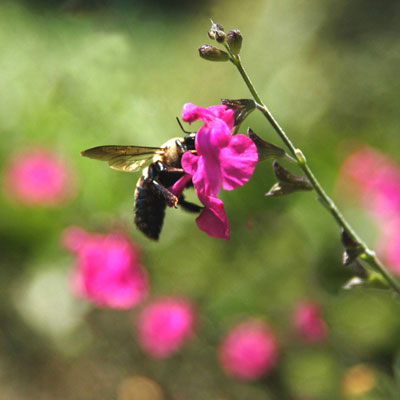
Soil: Very adaptable as long as drainage is excellent and as long as plants are kept moist at all times.
Flower colors: Scarlet, red, rose, white, pink, lavender, apricot, violet. Two-toned flowers are often seen. A grower friend told me this week that he has seen he would guess 50 cultivars, likely with some overlapping of names.
Propagated: Seed (unless you have a hybrid and want to be sure it “comes true” to color) or cuttings. That same grower said that softwood tip cuttings are very easily rooted.
Neil’s note: I would almost consider this plant as a trade for boxwood in size and growth form. In many places where I have already used a dwarf yaupon holly (more spreading) and boxwood (egg-shaped, more upright-oval), I might consider a small grouping of Salvia greggii for impact if I had the right dark-colored background behind it.
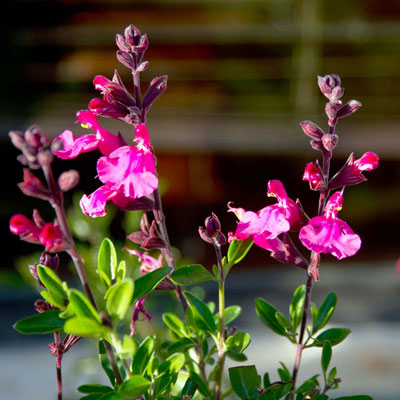
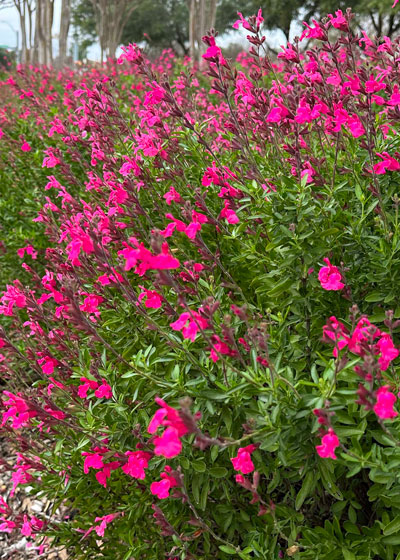
Salvia greggii blooms over the longest possible season of any perennial – late one winter into early the next winter.
